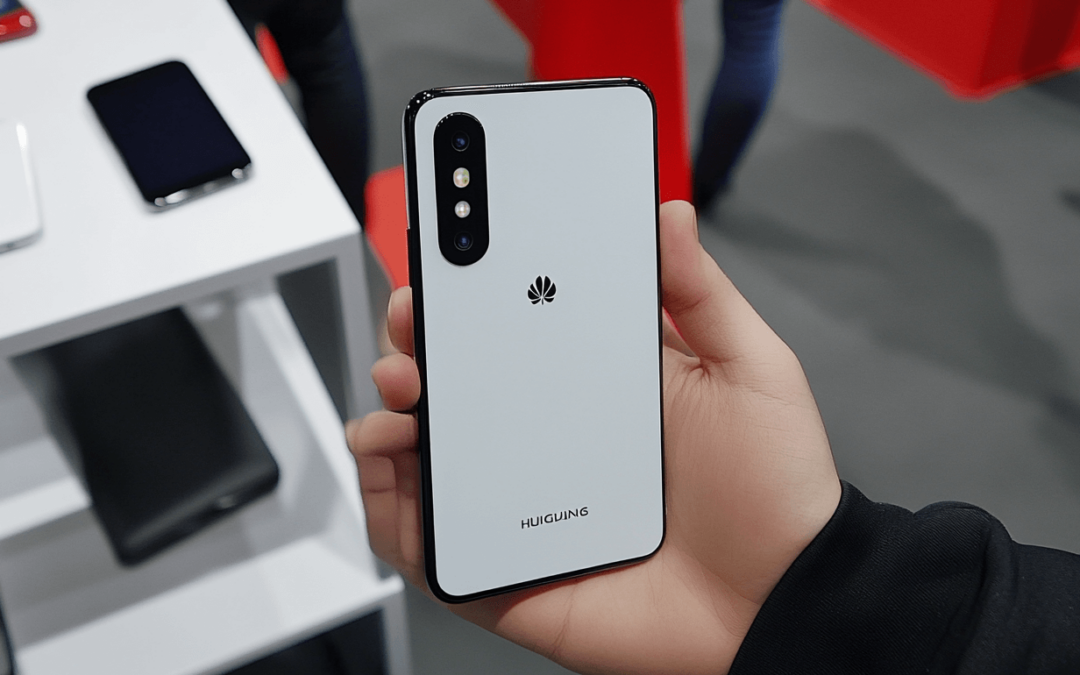Huawei has confirmed that the U.S. blacklist stripping Google software and services from its devices is hurting—and, worse, there is no solution in sight. The Chinese tech giant has sourced alternative options for almost everything included in its consumer devices. But not Google—that’s the bridge too far. And it gets worse—with various workarounds coming to nothing, and any in-house replacement still years away, Huawei has also confirmed it does not have a solution yet in sight. Bad news for users.
Since May, Huawei has been fending off the impact of a U.S. blacklist that restricts access to its U.S. supply chain. The sanctions stop the company using U.S. hardware or software in new devices. And while the tech giant has launched a program to un-Americanize its supply chain, it accepts that it can replace hardware components but not Google’s core Android software. “We can continue to use the Android platform, since it is open-source,” Huawei’s PR chief Joy Tan told the Financial Times, “but we cannot use the services that help apps run on it.”
In reality Huawei had hoped for some political respite, for President Donald Trump to soften sanctions outside of core areas of critical infrastructure security. But, despite a few false starts, there has been no softening as yet. Huawei has spent months looking for an audience with the U.S. administration—but Tan told the FT that they have yet to secure a meeting, “either within the Trump administration or on Capitol Hill.”
All this came to a head with the Huawei Mate 30 launch in September. A device that should have prompted countless tech columns lauding its camera, processor and display innovations, instead it had the company fielding endless questions around Google workarounds to prevent the stunning new flagship falling flat in key markets outside China. Short answer—again, despite a number of false starts, there are no Google workarounds available to the millions of normal would-be buyers.
“There are so many Android users in Europe and south-east Asia,” Tan admitted, “they’re so used to these Google applications on top of Android phones.” The really bad news for Huawei’s loyal fanbase is that there isn’t a solution likely to appear any time soon. Google, it seems, is Google.
Shortly after the blacklist was announced, Huawei’s consumer boss Richard Yu announced an in-house operating system he claimed would replace Android on smart devices, running the same apps, providing a seamless way out. But it was misleading. HarmonyOS has now launched—but it is not suited to smartphones, designed instead for larger, simpler IoT devices like smart TVs. There is also the small matter of an Android development community that would need to expand to cover a new OS.
All of which was confirmed by Tan. Developing an Android replacement, she accepted, will take years, assuming it’s even possible. “We have to find alternative solutions for that ecosystem,” she said, “but it’s going to take some time to build.” Despite months of speculation to the contrary, it is now evident that the only current option is open-source Android without Google’s services, including the Play Store and its apps.
Despite the blacklist starting to bite—and it gets worse in November, when current temporary exemptions on certain suppliers ends, Huawei released strong trading results last week. In the first three quarters of this year, the company generated $85 billion in revenues, up 25% year-on-year, signing more than 60 5G contracts with leading global carriers and shipping 185 million smartphones. But almost all of those smartphones either predated the loss of Google or targeted the Chinese market, where Google is not available. The next set of results matters much more.
Huawei isn’t the only company under the hammer—Google itself is being hit hard by the restrictions. Losing access to Huawei and tens of millions of consumers, increasing its dependence on Samsung, losing revenue streams. “Many of our suppliers are talking with the U.S. government,” Tan told the FT, “including Google, I’m sure.”
And so Huawei continues to hope Beijing can secure trade talk concessions from the Trump administration before too many consumers shift elsewhere, at which point it will face the time and cost involved in winning them back.
